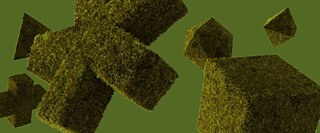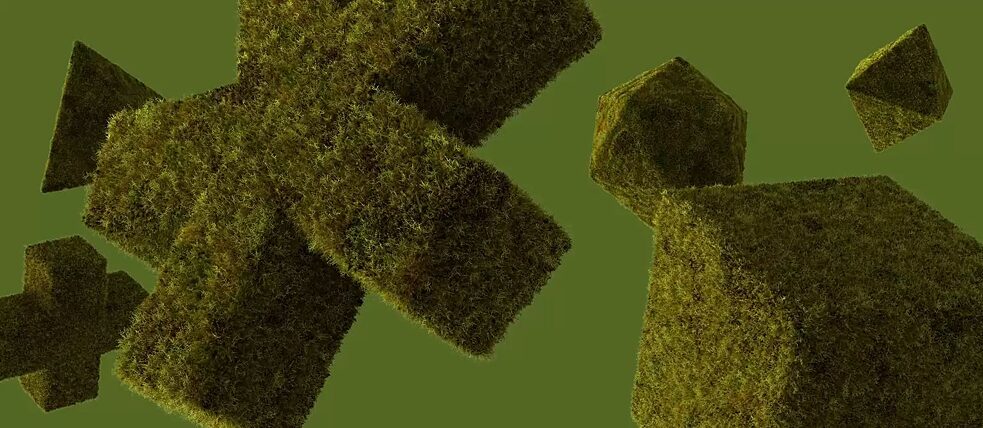About
Goethe Morph* Iceland: How we always wanted to have lived is a trans-cultural initiative of the Goethe-Institut in cooperation with The Nordic House, Reykjavík. Curated by Arnbjörg María Danielsen and Thomas Schaupp.
Why now
The idea to initiate this collaborative format exploring new ways of togetherness was conceived during the pandemic. “In many ways it felt, we were at a crossroad to new and other futures. With Goethe Morph* Iceland, we want to envision these together with artists, thinkers and partners at exactly this moment in time.”, says Katharina Ruckteschell-Katte, the regional director of the Goethe-Institut Northwestern Europe. “We hope it will be a fruitful ground for new forms of collaboration in the years to come.”
Why Iceland
Iceland has always been an important partner in Germany's international cultural relations and has made an important contribution to joint exchange and cooperation on key issues such as sustainability, AI, feminism, as well as in the field of German language teaching. Although there is no Goethe-Institut in Iceland since 1998, the country has always been a focus of the Goethe-Institut's work in Northwest Europe. In this sense, with Goethe Morph* Iceland, the Goethe-Institut aims to strengthen existing cultural relations and develop new, effective opportunities for global and intergovernmental exchange, thus contributing to knowledge building.
Goethe Morph* Iceland is also an endeavor to think of a new and innovative form of cooperation in a region where the Goethe Institute itself has no physical base. That is why we are also very grateful for the cooperation with Nordic House. It has existed in Reykjavík since 1968 and has always played a major role in promoting cultural links between Iceland and the other Nordic countries. For both institutions Goethe Morph* Iceland stresses the importance of transnational cooperation - cultural work and exchange that thinks and works beyond familiar borders.
How we always wanted to have lived
We attempt to celebrate poetic and activist glimpses that orbit the question of ‘how we always wanted to have lived’. We hope to tap into the preconscious domain of the living mind, the matrix of yet unarticulated ideas from art, philosophy, and life in between. Together with artists, thinkers, and doers, we invite everyone to come together and imagine an alternative morphology of living. Because envisioning a world beyond catastrophe, beyond today’s toxic cocktail of status quo and eruptive turmoil, is difficult. We hope not to simply end up in the domain of fairy-tale escapism. To paraphrase the words of Walter Benjamin, for the sake of those without hope that hope is given.
The notion of morphing
The notion of morphing has strongly influenced the concept of the two curators Arnbjörg María Danielsen and Thomas Schaupp. Morphology, meaning the study of forms and shapes, is a term coined in the 19th century by Johann Wolfgang von Goethe, after whom the Goethe-Institut is named. For Goethe Morph* Iceland, the term is used in an expanded manner: "We want to understand the form of things as a constant negotiation - always in the process of becoming. And we want to enhance a liminal space where philosophy, art and life morph - and in which sustainable entanglements of acting together become possible.”
Morph* also expresses the long-term vision to enable a fluid and growing structure of exchange in Iceland that will last beyond this year's edition: “It was very important for us to invite projects in which we enable new exchanges and collaborations between differently working and living artists from Iceland, Germany and other parts of the world. A mutual acquaintance and exploration of ways of thinking and living along a common ground and theme. And the spinning of new relationships that will hopefully reach far beyond this project.”


